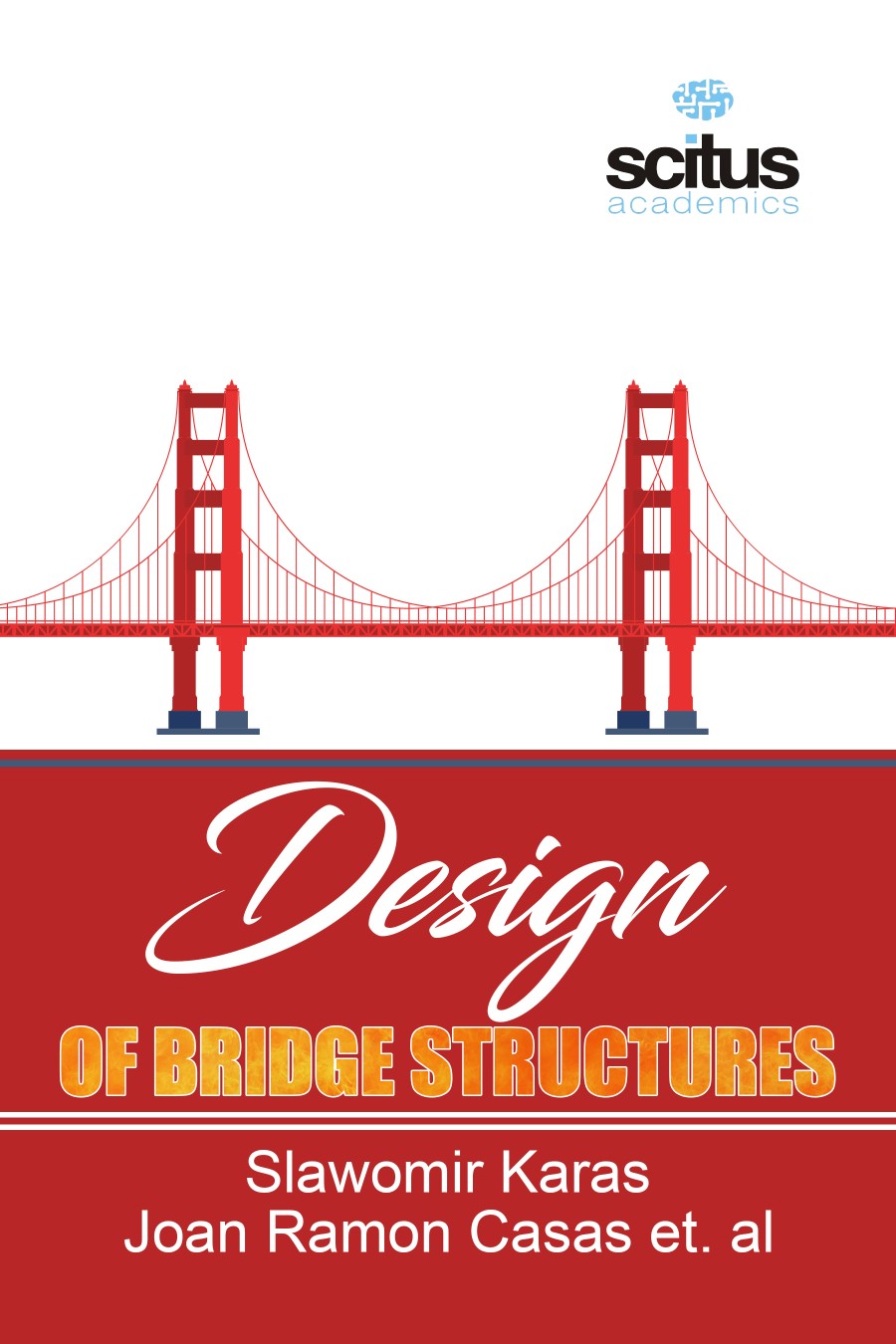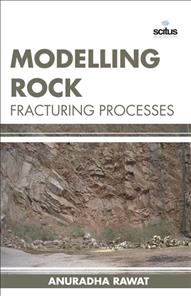Infrastructures are a key factor for economy. Among them, transportation infrastructures are vital for human life and economy. And within the transportation networks, bridges are key elements for connecting people and delivering goods. For this reason, bridges have been built since many centuries ago, in some way, and the advances of ancient cultures all over the world have been related to their ability of constructing permanent bridges. In the development of civilization, an extensive and well-organized transportation system, i.e., roads, railway, bridges, air transport and maritime and inland navigation, safe both for people and environment is of primary importance. The bridges, which link past to present and age gracefully, are one of the most important engineering structures. The bridges with different characteristics, thanks to their views, effects, and feelings during passing on, holds around and locations bring together the people for ages. In early applications, the bridges were designed as short span and narrow with stone and wood materials, and be able to carry light loads. But, nowadays, these conventional bridges have been replaced to steel and reinforced concrete.
Design Of Bridge Structures integrates theoretical concepts, theories, experimental techniques, design methodologies of bridges. This book provides a unique approach for addressing challenges and new emerging problems in the study of bridges, their dynamics, as well as associated phenomena and processes. Therefore, this book is intended to serve as a source of information for problems related to bridge engineering including sustainable bridge development, traditional approaches and recent advances in highway bridge traffic loading, new technologies of bridge design as well as structural identification of bridges using non-destructive experimental measurement tests.
The worldwide contributions deal with all aspects of such systems, including analysis, modeling, control, and applications from researchers, designers, fabricators and contractors of significant bridge projects, covering a wide range of topics and interests to bridge engineers from all over the world. This book is intended to narrow the gap between researchers and practitioners and to provide state-of-the-art solutions to the emerging challenges and problems confronting the bridge engineering community.













